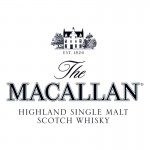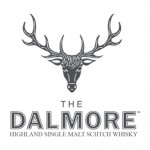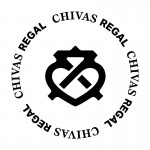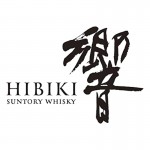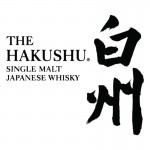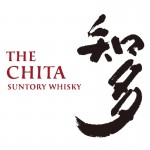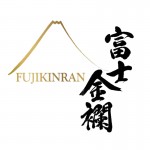What is Back Vintage Wine?

Back Vintage Wine refers to wine that has been stored for a certain period of time after bottling. This aging period can range from a few years to several decades, depending on the style, grape variety, and aging potential of the wine. The aging process of old wine involves storing the wine in bottles and allowing it to slowly oxidize and mature through contact with air over time. This aging process can change the flavor and structure of the wine, giving it more complexity and depth.
Back vintage wine typically exhibit the following characteristics:
Change of color : Back vintage wine may undergo a change in color, with red wines transitioning from a youthful purple hue to brown or orange, and white wines potentially shifting from yellow to golden.
Flavor development: The flavors of back vintage wine evolve and develop. They often lose some of their fresh fruitiness but gain more complexity and mature characteristics such as baked aromas, dried fruit notes, smokiness, and earthy nuances.
Balance and smoothness: Back vintage wine tend to become more balanced and smooth. Tannins (in the case of red wines) and acidity integrate and harmonize better, resulting in a rounder mouthfeel.
Aging potential: Not all wines are suitable for aging, but certain high-quality wines have excellent aging potential. These wines can further develop and improve in the bottle, showcasing more complexity and elegance over time.
It's important to note that aging is not necessary or beneficial for all wines, as some wines are best enjoyed for their youthful freshness and fruit-forward character. Additionally, back vintage wine require proper storage conditions, including stable temperature, humidity control, and protection from direct light. Back vintage wine is a fascinating and rewarding realm for wine enthusiasts to explore. Tasting a bottle of aged wine can provide a unique flavor experience and allow you to appreciate the evolution of the wine over time.





















